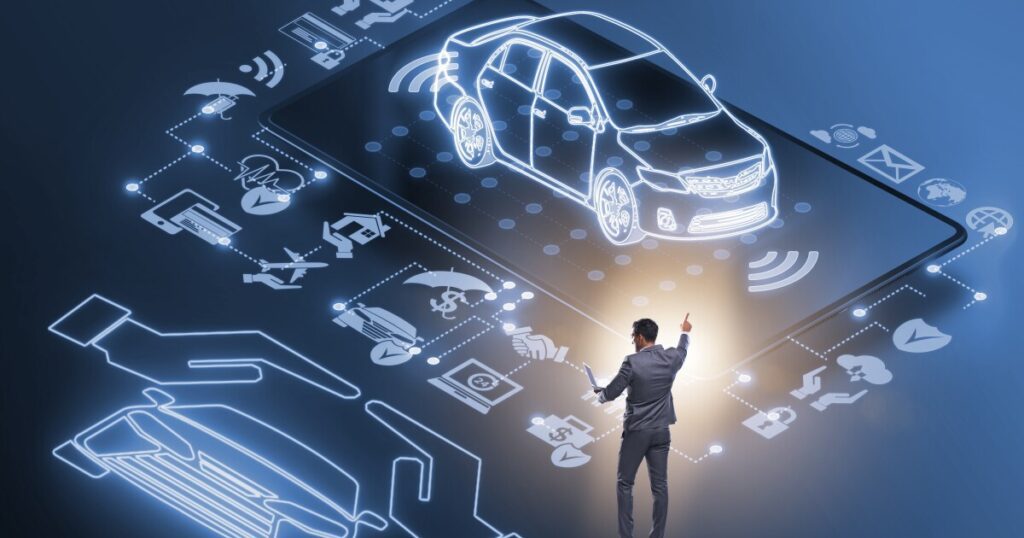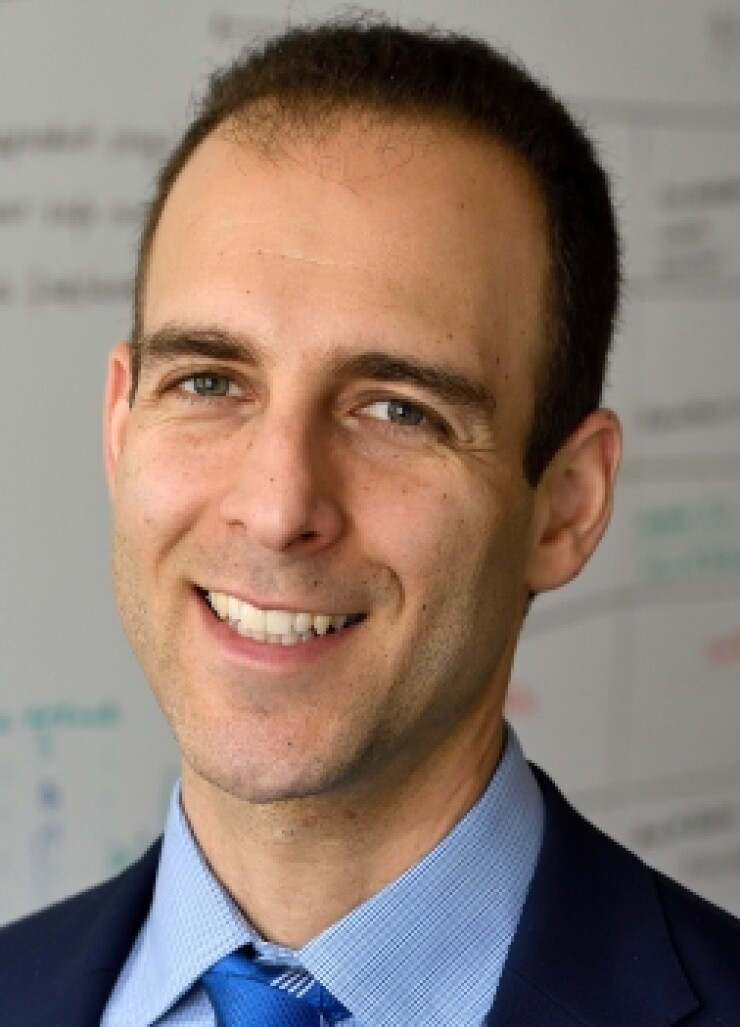Deploying data to deter distracted driving

Beyond driver education and monitoring technologies, data management can also reduce the risk of distracted driving.
Collecting complete data, checking its accuracy and also showing high-quality, complete data to drivers are a few ways to use data to make a dent in distracted driving.
Ryan McMahon, senior vice president of strategy and corporate development at Cambridge Mobile Telematics
Technology advances have made it possible to get more detailed data about distracted driving, said Ryan McMahon, senior vice president of strategy and corporate development at Cambridge Mobile Telematics, who spoke as part of a panel discussion at the Lifesavers roadway safety professionals conference in Denver on April 8.
Smartphones are a big distraction, but on the other hand, they can capture data on location and acceleration in a vehicle, including speeding and hard braking. Along with other technologies, it’s now possible to reconstruct crashes, according to McMahon. “Not only do you see the behaviors of an individual or a series of drivers over a long period of time, you actually now see crash data as well,” he said. “That crash data helps get information relative like was there an evasive maneuver prior to the crash. What we’ve seen the last few years is there are more crashes with less evasive maneuvers.”

Johnathon Ehsani, associate professor, Johns Hopkins Bloomberg School of Public Health
Those who collect data on distracted driving rely on crash reports as an important source of data, according to Johnathon Ehsani, associate professor at the Johns Hopkins Bloomberg School of Public Health. Ehsani has studied teenage drivers’ safety for nearly 20 years. The crash reports, however, depend on police being able to see or reasonably deduce that distracted driving was involved in a crash, Ehsani noted.
As a result, crashes caused by distracted driving are underreported, according to Kit Delgado, associate professor of emergency medicine at Perelman School of Medicine and an attending physician and director of the “Nudge Unit,” a behavioral design team, at Penn Medicine.

Kit Delgado, associate professor of emergency medicine, Perelman School of Medicine; and attending physician, Penn Presbyterian Medical Center.
“In a police report, the chance that they’re going to be able to catch someone being distracted and file that in a report is really low,” Delgado said. Applying common sense makes clear that rear-end collisions are more likely caused by distracted drivers. These types of crashes have increased from being a quarter of all crashes to a third. “We know from naturalistic data and other data that distraction accounts for probably 80 to 90% of those rear-end collisions,” Delgado added.
Crash data collection technology can also reveal if a driver made an evasive maneuver before an accident. McMahon said the past few years have seen more crashes with less evasive maneuvers, another telltale sign that more were caused by distracted driving.
For all that better data can show about distracted driving risks, the issues with accuracy can be a barrier, and so can sourcing of data.
Cambridge Mobile Telematics collects telematics data from about 2,500 different platforms, according to McMahon, “so there’s lots of different variability out there,” he said.
Delgado and the Nudge Unit work with behavioral science and analytics, applying the insights they derive to health behaviors and healthcare, but also to distracted driving, by working with smartphone telematics. The data they collected in their study of this area showed that 10% of the population of drivers can benefit from insurance incentives for better driving. Insurers can use this data to reduce risk and offer discounts.
“Insurers can maintain better loss ratios by predicting who’s going to get into a crash,” Delgado said. “Drivers can save money on insurance by opting into these programs. It’s a win-win, and it’s self sustaining. We know from behavioral economics that people who frequently engage in their phones while driving, pursue short term rewards.”
This knowledge can guide insurers on what incentives to offer, he added. “We found that the same amount of money had twice the impact, just by delivering rewards more frequently,” Delgado said. “This tells us that frequent rewards and frequent feedback drives behavior change.”



